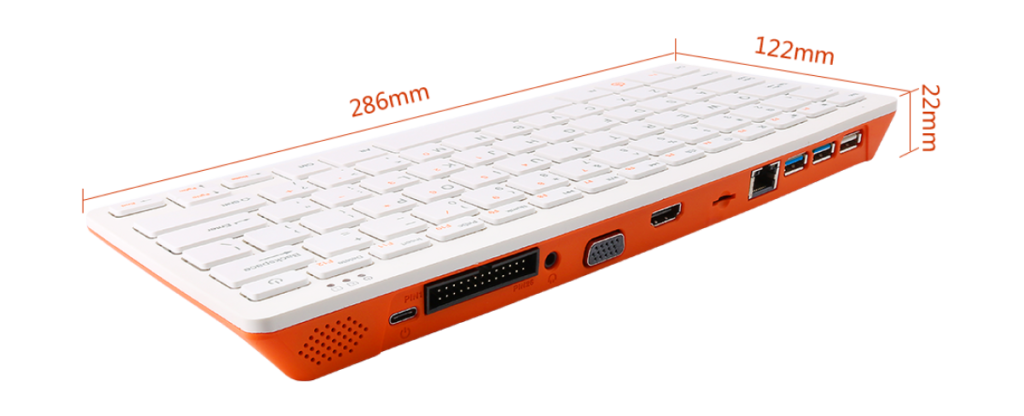Well, while the rest of the industry sleeps through the spring doldrums, Apple has once again announced their new lineup of computing devices. I have a number of issues with this latest announcement and a few well-done’s to go with. First, those who predicted what Apple would release back in February, well done, most of you were right on. Second, now that we have official pricing, shame on you Apple for doing what was predicted which was, in part, to use your improved control over components to artificially overprice second-rate products. Looking at the new iMacs, I see the entry-level product at $1299 which lacks important connectivity options, utilizes (reportedly) an underpowered graphics chipset, and no ethernet connector or USB connectors. Pony up $1499 and you get an improved graphics chip, a couple USB 3 ports, and an ethernet port. Remember these are entry-level units with a display that would have been mainstream a few years ago and most everything is similar too but NOT industry standard.
Apple also announced a tracking “chit” that is small, has a limited range and reminds me a lot of the first “Tile” products. They also released a new pair of iPads using the new M1 chip architecture at ridiculous prices.
I really had hoped that using the M1 SOC architecture would give Apple the impetus to release reasonably priced units with state-of-the-art capabilities and features; so far it looks as if I will be disappointed on both of these points if and when Apple actually starts shipping these units. You see, normally reviewers would already have a few of these new units in hand to test, take through their paces, compare with previous products and competing products, etc. However, no such preview devices have been forthcoming and the order date for these products is upon us with supposed delivery dates one month away. I begin to suspect that this delivery date (already pushed back once) will be pushed back because the products really don’t seem to be ready for prime time let alone mass production.
On another front, will the M1 perform as promised? Initial testers of the MacBooks using the M1 have been reporting a wide range of performance from far slower than the intel predecessors to nearly as fast as the intel predecessors when pre-testing promise was for a new era of much better performance. Mind you, this is a brand new chip in a brand new architecture running software arguably tuned for the intel chips and architecture and it may take some time before we see what this new processor can do (it is the big brother of the chips driving Raspberry Pi units, so it is actually unfair to call it new). Time will tell; but, so far, not ready for prime time.
My personal stand on the performance issue is that Intel can and will provide processors and architectures superior to whatever Apple actually markets to continue their dominance in the processor industry. That AMD has thus far been able to sneak past them many times in the performance / $ category still causes me to smile. It is this kind of competition that keeps the industry fresh and the frontiers pushed back as our demand for raw processing power continues to grow.


